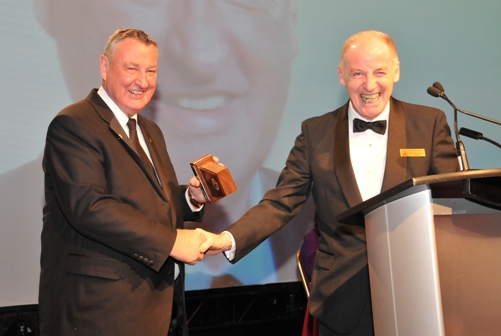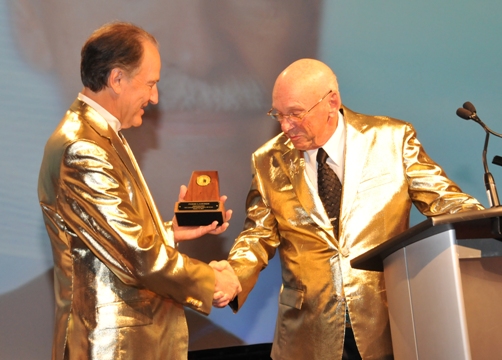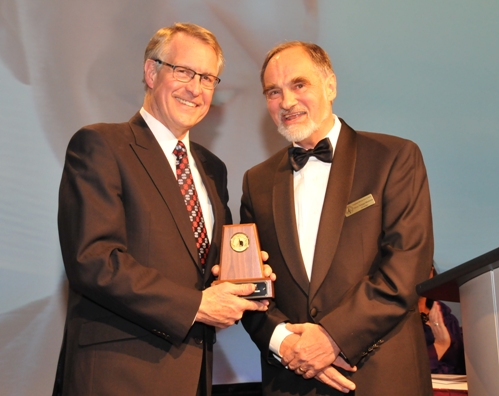http://www.ottawacitizen.com/index.html
Ian Smillie, Ottawa-based author of Blood on the Stone: Greed, Corruption and War in the Global Diamond Trade, chairs the Board of the Diamond Development Initiative.
Throughout 2012 Canadians were treated to an unedifying debate about whether and why the Canadian International Development Agency (CIDA) should co-finance development projects with Canadian mining companies abroad. The debate arose when CIDA contributed to projects in Africa and South America run by Canadian NGOs and co-financed by three different Canadian mining companies. The projects have vague connections with mining — mainly with mining-related education. But in truth they do not bear directly on any of the companies’ operations.
“Effective partnerships!” said then CIDA minister Bev Oda, a sentiment echoed by current CIDA Minister Julian Fantino. “Subsidies for mining companies!” said the critics, claiming that CIDA should not be funding activities that fall within the ambit of a company’s own corporate social responsibility. CIDA’s mandate, after all, is to end poverty, not to promote Canadian mining companies abroad.
The criticism of CIDA was shrill, however, and much of it was not very well grounded. One of the Canadian firms in question sold its Ghanaian interests to a Chinese firm in 2010, so whatever the critics might think CIDA is promoting there, it isn’t a Canadian company. Those in the “For” camp contributed to the confusion, saying that foreign direct investment is far superior to aid handouts, and that Canadian mining companies actually purvey considerable amounts of development in their own right. In a Toronto speech, Julian Fantino added to the turmoil, saying that “CIDA is committed to contributing to Canada’s long-term prosperity and security.”




























